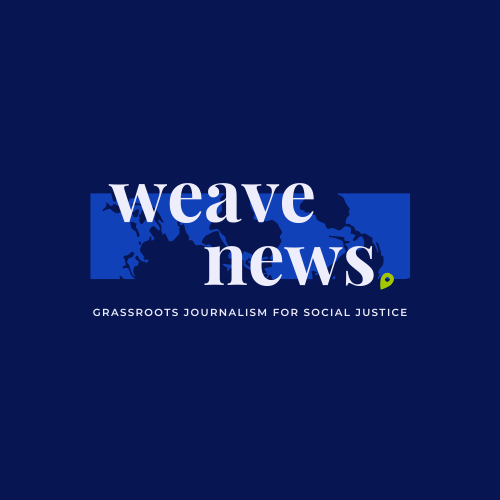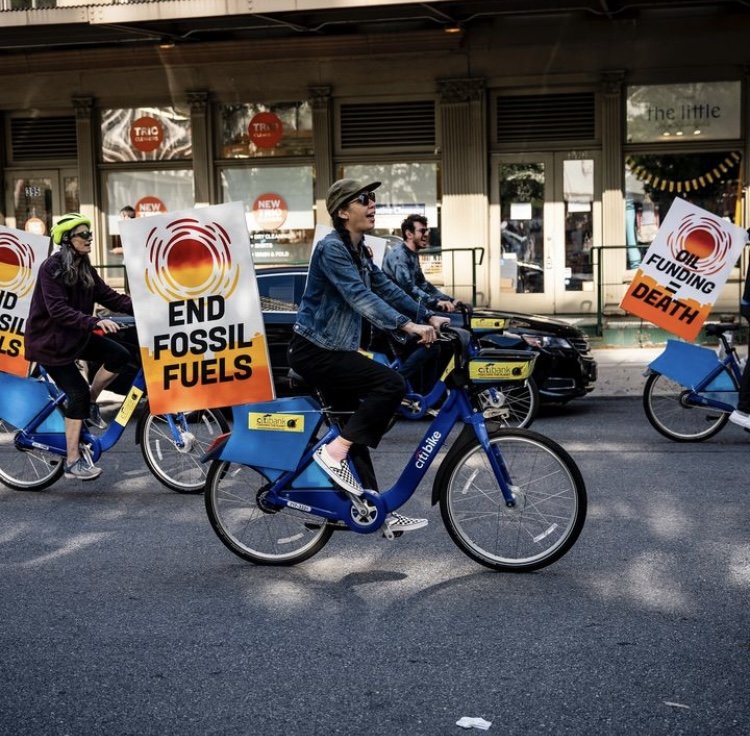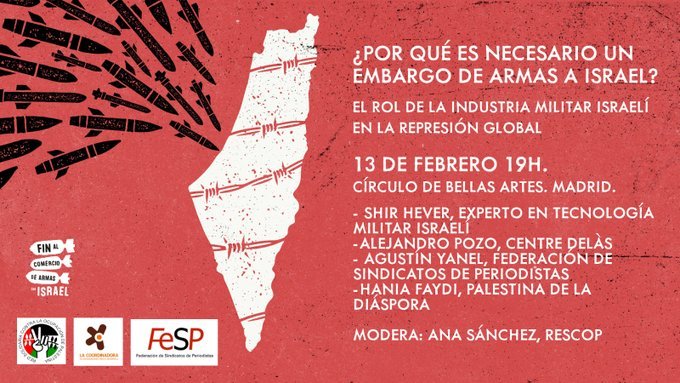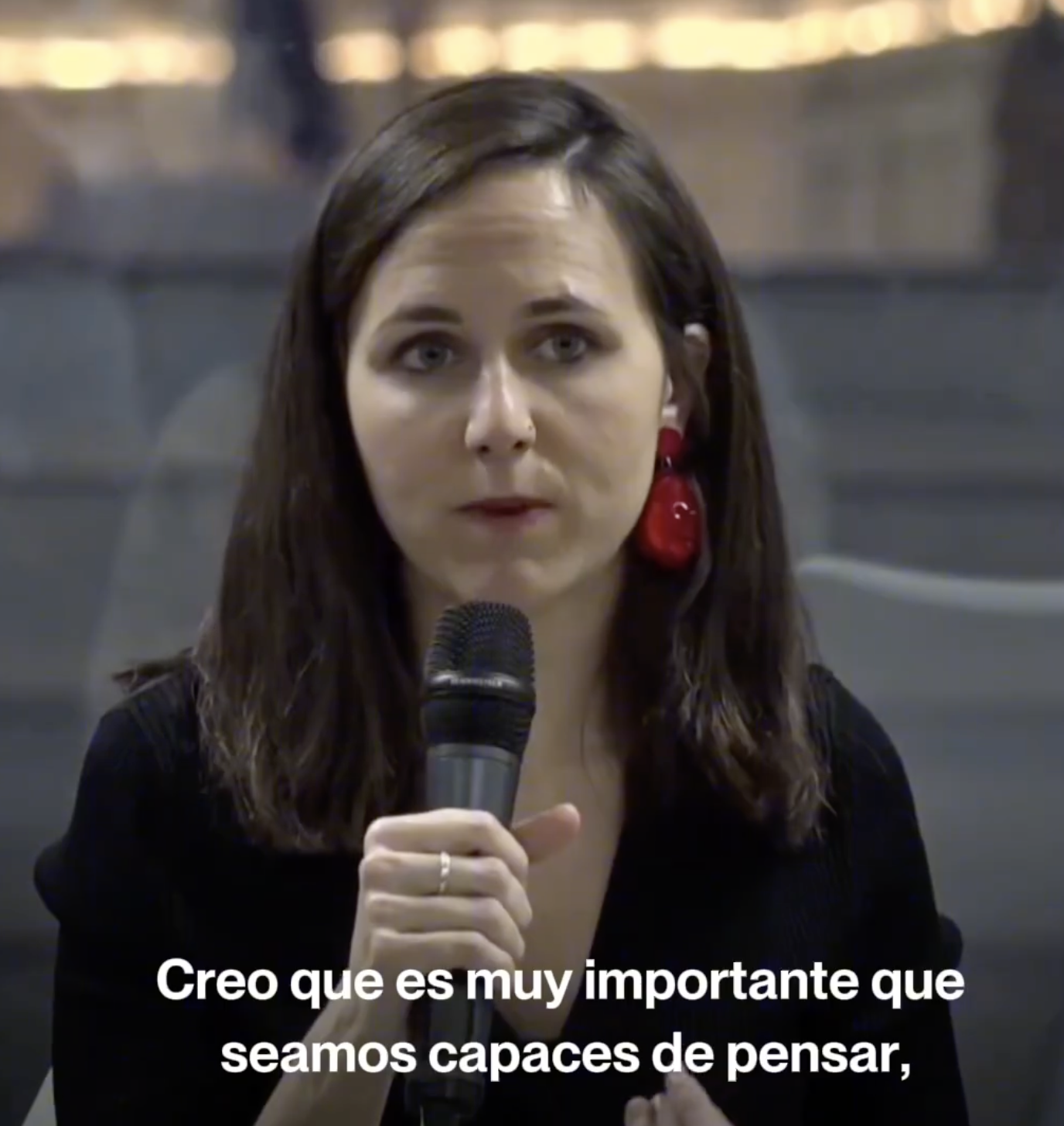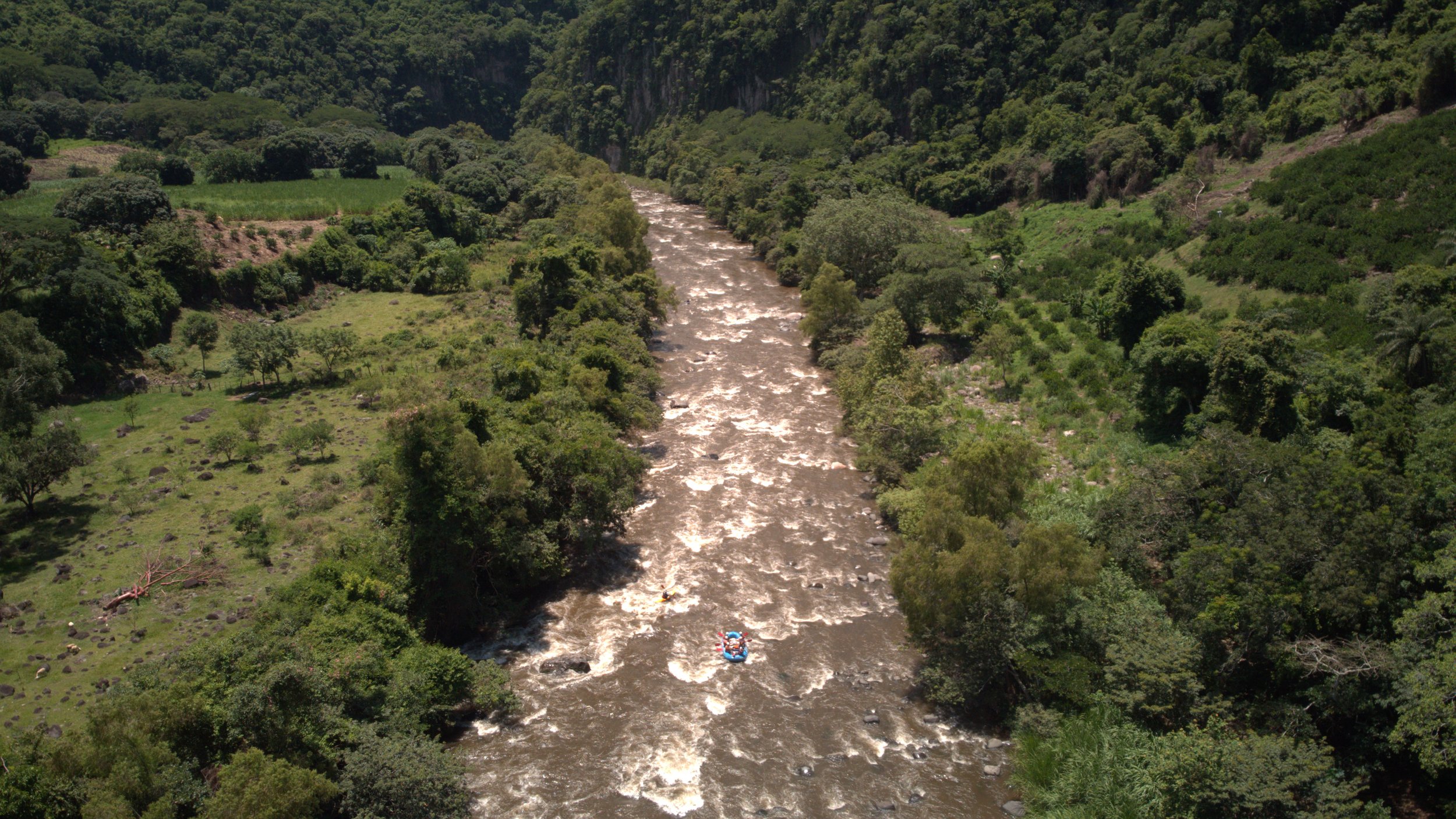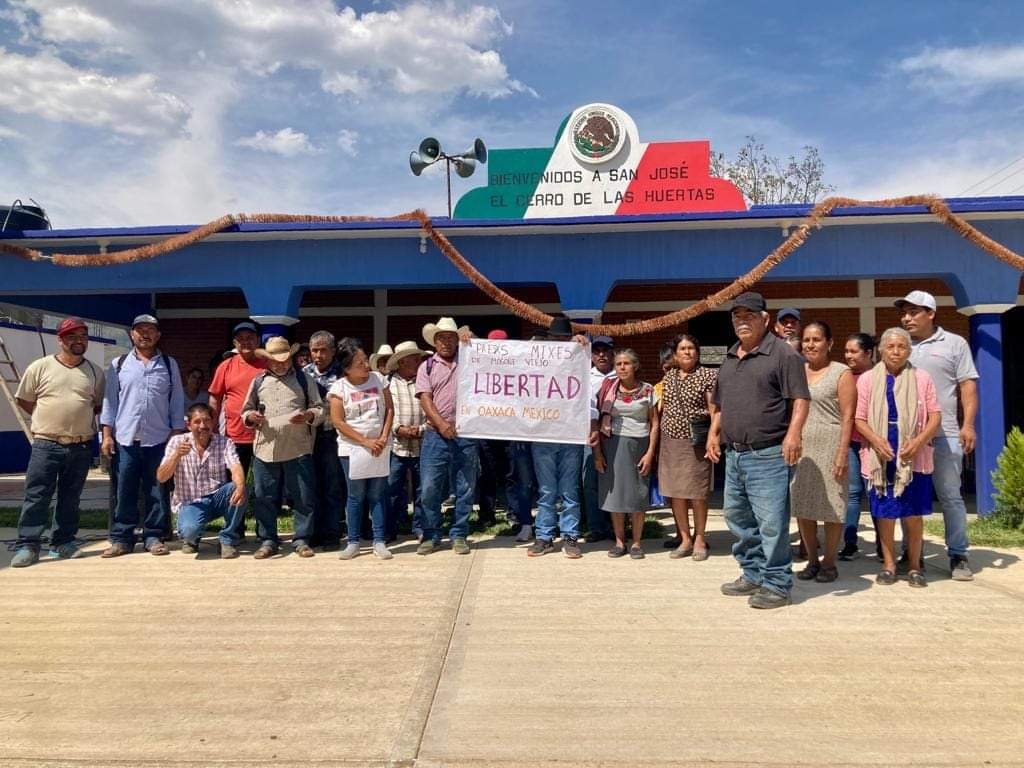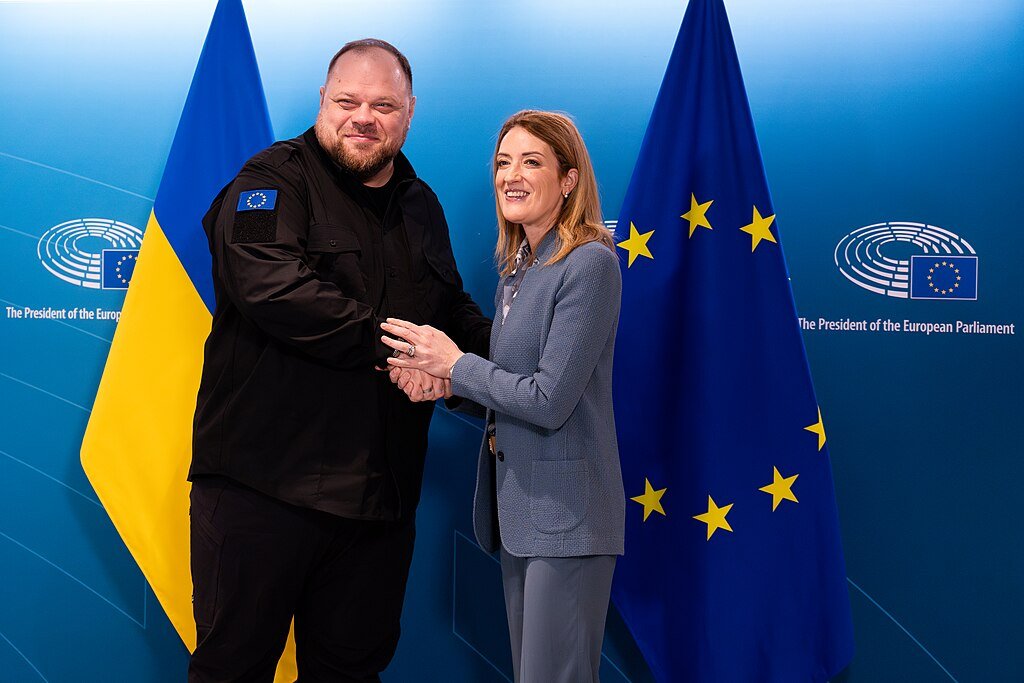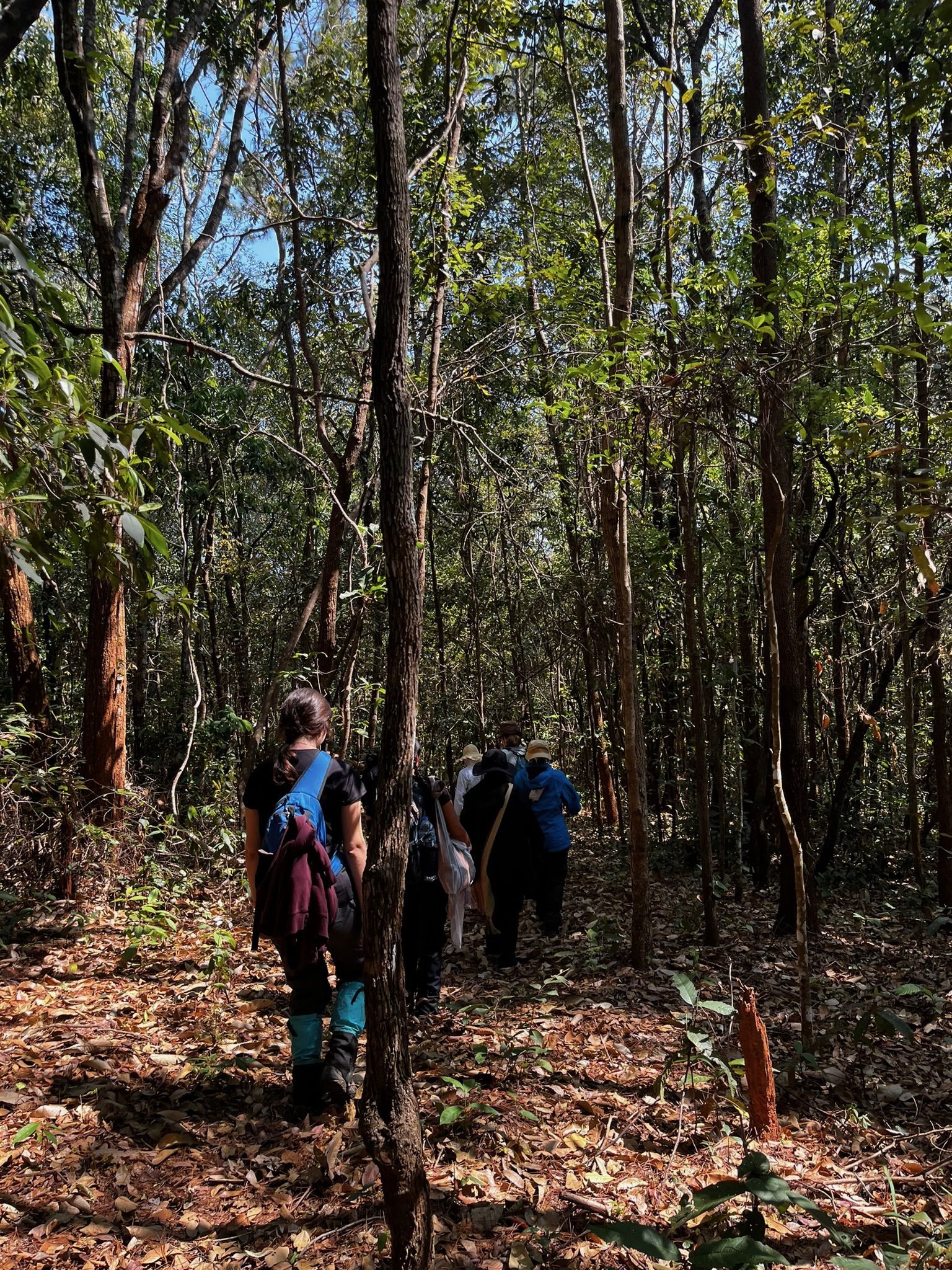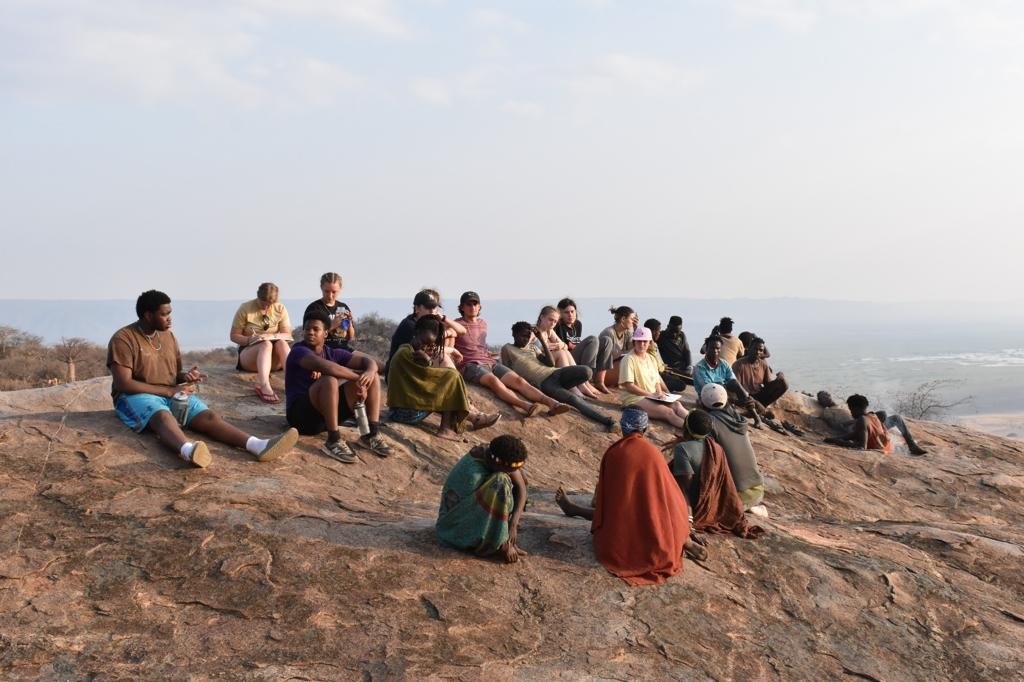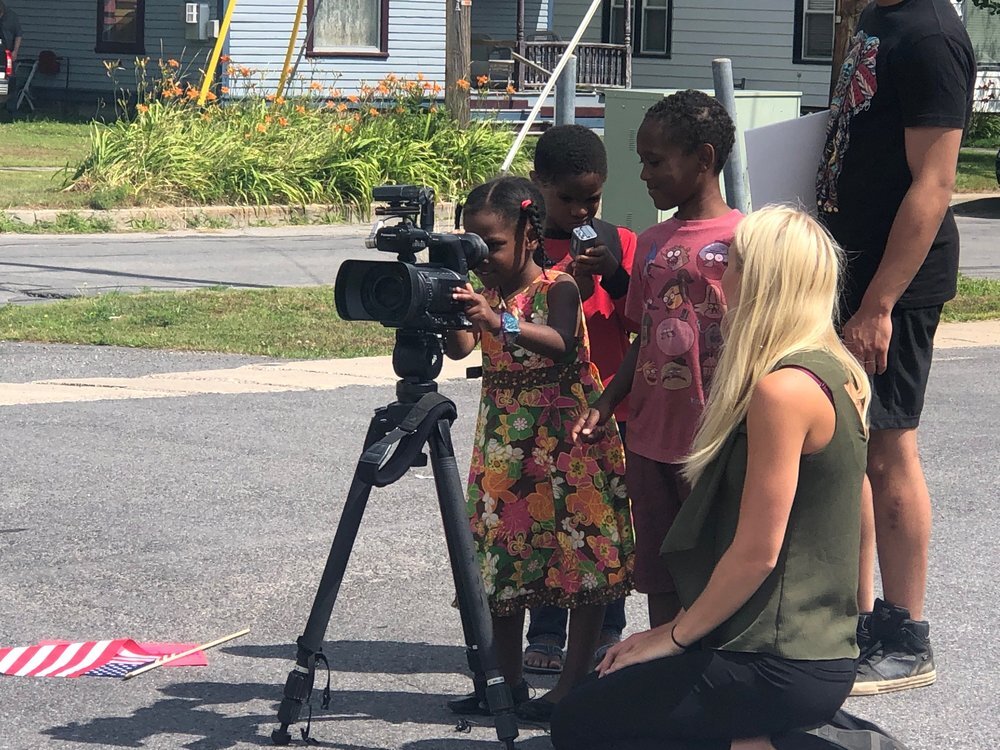
Stories
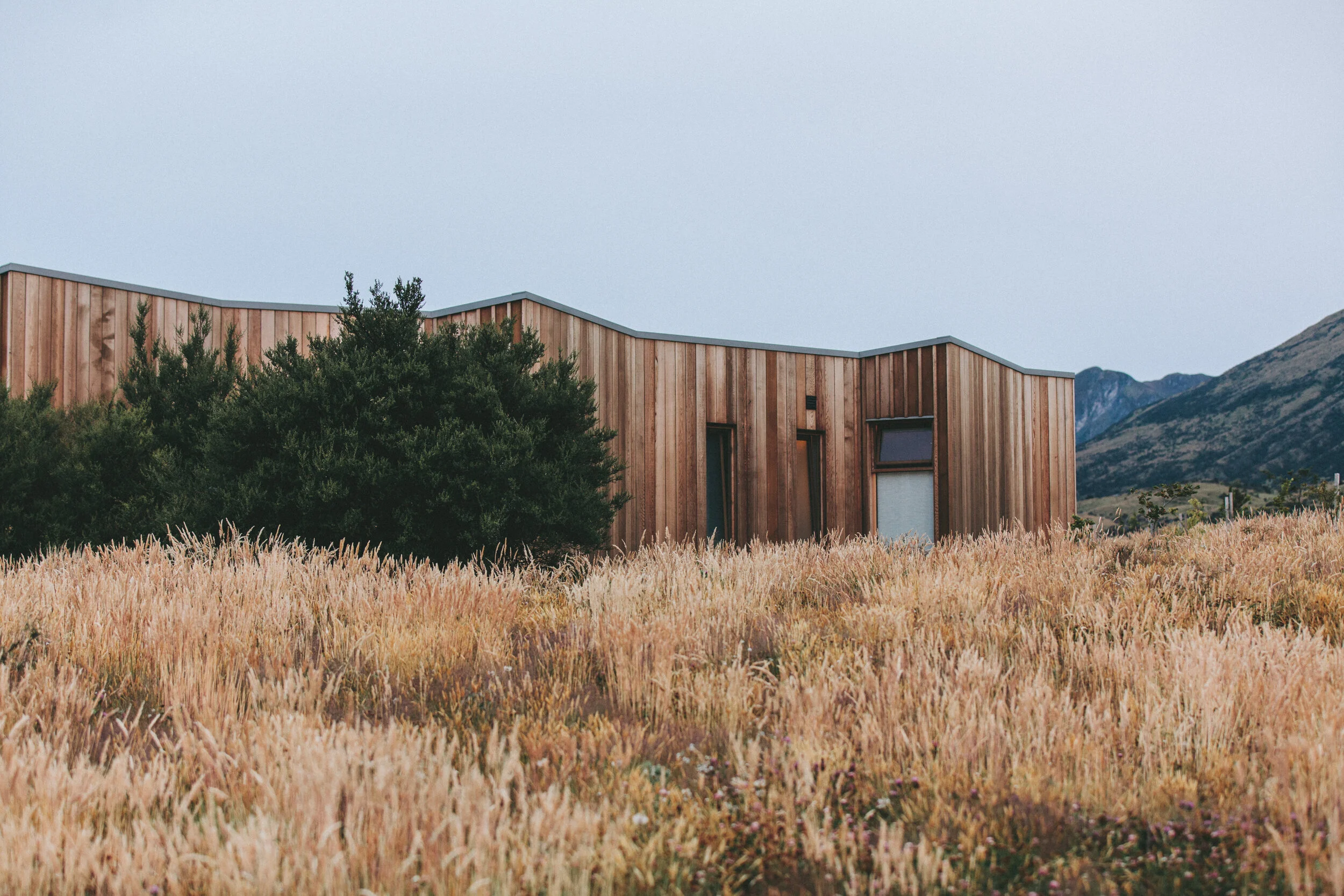
All Stories
Humor on Allston Streets
By Raina K. Puels
Since moving to Allston, Massachusetts, in September, I’ve been delighted by the use of public space for displays of humor. When I walk to the bank or the grocery store, I almost always see art or text on the street that makes me laugh. My amusement causes other passersby to look at what I’ve discovered, and then they start laughing, too. And that attracts even more people and more giggles and more chuckles. Community is built through the shared experience of this humor. Allston is notorious for being an area populated by college students, grad students, and young post-grads, so it’s natural that many people in my neighborhood have a similar cultural framework that begets a communal sense of humor.
Attention-Grabbing Language, Thought-Provoking Messages
By Raina K. Puels
Many days I’ve walked through Boston in a huff of negative emotion; fuming about the man who kindly complimented my leggings, then yelled “Nice ass!” when I walked away; beating myself up about not doing enough to advocate for the safety of my friends of color, my queer friends, my trans friends; frustrated and scared about the interest growing on both my undergrad and grad school loans. But then I see text out of the corner of my eye and I’m taken out of my own thought-spirals back to the present, back to the street.
The Changing Nature of the North Country Dairy Industry
By Julianne DeGuardi
As I have mentioned in previous posts, the dairy industry is an extremely lucrative component of New York State’s economy, especially in St. Lawrence County, which is the state’s second largest dairy producer. Within the last thirty years, however, the industry throughout the entire U.S. has undergone drastic changes that have reverberated throughout New York State in general and St. Lawrence Country in particular. In the late 1980s, New York began deregulating the dairy industry by eliminating New-Deal-era regulations that had protected local milk processors. Consequently the state has lost nearly two-thirds of its dairy farms since the 1980s and the ones that remain have expanded. In this post I provide an overview of these changes, all of which provide the context for an upcoming post that will feature the voices of North Country dairy farmers.
"Do It Arabic": Interacting with Palestine in Jordan
By Bridget Ireland
A very large part of Jordanian culture today is interwoven with the effects of the Palestinian-Israeli conflict. Jordan is a nation of about 10 million people, and almost 2 million are here as refugees from Palestine or descendants of these refugees. It is not abnormal to see the Palestinian flag flying alongside the Jordanian flag, and Palestinian food and dress are common. Many generations of families who live in Jordan identify as being Palestinian and speak of their roots. Tragically, it is rare for those living in Jordan to be able to return to their homeland or even visit relatives in Palestine as Israel controls the visa process. Part of a recent art exhibit at Darat Al-Funun named “Do It in Arabic” I attended helped to include visitors in the art as a way of conveying the realities of the Palestinian struggle.
Free Trade of Goods and People? The Macro Context of Mexico-US Migration
By Julianne DeGuardi
Migration is never an isolated phenomenon; it is always situated within a larger macro political-economic framework. Migration rates from Mexico to the US within the last 20 years must be examined within the context of the political-economic relationship between Mexico and the US from the late 1980s to the present. Although there has been a high demand for low wage migrant labor within the US, especially in the dairy industry, migration cannot solely be explained by the demand for labor in the destination country. Migratory trends are equally propelled by the political, social, and economic situation in the emitter country.
Why I'm Reclaiming My Asian Racial Identity in Trump's America
By Nicole Eigbrett
In the past week, people who identify as Women, Muslims, Disabled, LGBTQ+, Immigrants, Black, Asian, Latinx, and anyone else in between have faced a startling rise in hate threats, visual statements, and actual assault. Insanul Ahmed, a Brooklyn-based music editor, collected an ongoing Twitter list of racist accounts towards people of color in the first day following the election. The Southern Poverty Law Center launched a #ReportHate portal for citizens and witnesses to submit incidences of hateful harassment and intimidation. As of November 11, over 200 incidences were directly reported. That number is bound to rise. Not that these threats didn’t exist before, but the reactionary nature and hyper-visibility of these recent incidents are directly tied to the election of Trump.
Big Questions with Bay Area activists at the Media Freedom Summit
By John Collins
On October 21-22 I had the pleasure of attending the Media Freedom Summit held at Sonoma State University in celebration of the 40th anniversary of Project Censored. In addition to co-leading a workshop on "People's Videography and Citizen Journalism," at which I spoke on behalf of Weave News about our Big Questions and Holot: Crossroads of Global Violence projects, I was fortunate to be able to conduct Big Questions interviews with three inspiring activists: Deseriee McSwain, Ana Rivera, and Nadya Tannous.
Silent Voice from Holot: Episodes 16-17 (Video)
By Osman Mohamed Ali
In the latest installments of the Silent Voice from Holot video series, Ali describes the process through which asylum seekers are summoned to and eventually released from the Holot detention facility. In Episode 17 he narrates his own final day in Holot and explains the cyclical process through which released detainees are replaced with others.
Migrant Workers in the North Country: Heightened Border Security, Heightened Invisibility
By Julianne DeGuardi
Since 9/11 Border Patrol regulations have been heightened significantly, which has placed the migrant workers in an increasingly vulnerable situation at the northern border. In 2001 there were about 340 Border Patrol agents in the US with 37 in NY; however, in 2014 there were 2,094 agents with 288 in NY. As result of such high border security, which I have witnessed myself this summer driving around the North Country, these migrant communities have become increasingly invisible, especially dairy farm workers because the majority are undocumented due to the lack of a visa program available for year-round workers.
Silent Voice From Holot: Episode 15 (Video)
By Osman Mohamed Ali
In the latest installment of the Silent Voice From Holot video series, our host Ali gives us an inside look at how the more than 3,000 asylum-seekers being held in the Holot detention facility keep their spirits up through athletic, educational, and other everyday activities.
Enjoy!
Black Lives Matter to Boston’s Places of Worship
By Raina K. Puels
In her latest post for our Weaving the Streets project, Raina Puels explores how some religious congregations in Boston are using public space to express support for Black Lives Matter.
My first week in Boston, I went to Newbury Street in Back Bay. I’d heard from friends it was a destination for those seeking high-end eateries and shopping, or those (like me) who wanted to people watch and laugh at dogs in strollers. It looked the part of a bougie, trendy place to shop: streets lined with big trees, brownstones, and men in suits opening and closing the doors for retail establishments with huge windows displaying slender mannequins clad in the latest fashions. In this commercial center, I didn’t expect to find support for Black Lives Matter. After all, when most people go shopping they’re concerned with finding a new pair of shoes or a suit that fits, not working to end violence against Black people.
The Pledge of Resistance in Buffalo, NY
By Steve Peraza
This article is the first contribution to Beyond Broken Windows, a new Weave News project that explores the impacts of the “broken windows” style of policing, which encourages police officers to use arrests and citations to regulate outward signs of disorder (like broken windows). The project will also examine reform initiatives and issue campaigns nationwide that seek to implement alternative styles of policing.
“Get Up Offa That Thing!”: Showing Up For Justice in San Diego
By Savannah Crowley
In her first contribution to our Weaving the Streets project, Savannah Crowley narrates the experience of participating in a public demonstration following the killing of Alfred Olango by police in El Cajon, CA. "We're tired, we're sick, we've seen tragedy, we're dealing with trauma. Sometimes it's hard to get up and get going," she writes. "I want to remind us to help each other along. We need to encourage each other."
Silent Voice From Holot: Episodes 12-14 (Video)
By Osman Mohamed Ali
In the latest installments of the Silent Voice From Holot video series, Ali provides more highlights from recent musical performances in Holot and also introduces us to more human rights activists who have been visiting the facility in recent days.
Migrant Workers in the North Country: A Shifting Demographic Behind Closed Doors
By Julianne DeGuardi
Weave News contributor Julianne DeGuardi is investigating the conditions facing migrant workers who help keep the dairy industry running smoothly in the North Country (northern New York state). In this introductory post, she describes how she has approached the process of digging into this often invisible topic.
Posters and Politics: A Report from Amman Design Week
By Bridget Ireland
Created by Wael Morcos of Lebanon, the poster to the left highlights an important characteristic of Jordanian culture in stunning simplicity. Surprisingly to many Westerners, English is very prevalent in a Jordanian’s everyday life. When I arrived in Amman, I was caught off guard by the amount of English present. Street signs, restaurant advertisements and storefronts almost always display both the Arabic and English names. Looking into the history, I have learned that the use of both languages is is in part due to the historical occupation by Great Britain until 1946. However, English is also becoming more popular in media, music and of course, art (check out Majed Mohamed Hasan Drbseh’s comments in this article from the International Journal of Scientific and Research Publications for more information on both languages in Jordan) for the general population. My initial impression of this poster was that the bold English text was targeting the Western world and urging English speakers to be aware of civil liberties. However the subtle and more graceful Arabic script suggests that it is a better representation of the blending of both languages in political life. This poster is a very accurate representation of life in Jordan, where a globalizing world has led to a need to advertise messages and communicate in both English and Arabic.
Silent Voice From Holot: Episodes 10-11 (Video)
By John Collins
In the 10th and 11th installments of the Silent Voice From Holot series, Ali introduces us to some of the people who come to visit the Holot detention facility to express their solidarity with the asylum-seekers being held there. Episode 10 features human rights workers, while Episode 11 features a special performance by Dream Boys, a musical group that was created in Holot.
From Darfur to Holot: My Story
By Osman Mohamed Ali
This post is part of our project, Holot: Crossroads of Global Violence.
I am one of the victims and survivors of the Darfur genocide in Sudan.
I was born in a small village around Zalingei in Western Darfur. Growing up in Sudan, education has always been something that helped me to overcome obstacles in my life, but obstacles have now arisen that stop me from even obtaining an education. My primary school was far from my village, and it took me more than two hours to get to school on foot every day. Despite all the difficulties and instances of interruption, I have never lost faith in the power of education.
Are Comparisons of South Africa and Israel Useful?
By Jon Soske and Sean Jacobs
This post is part of our project, Holot: Crossroads of Global Violence. It was originally published by Mondoweiss and is reprinted here with permission of the authors.
The South African Nobel laureate J.M. Coetzee has a habit of speaking in rhetoricals. The effect, however, is that he makes his point quite clearly. This was the case recently at the Palestine Festival of Literature, which travels through Israel and the occupied Palestinian territories. Speaking on the festival’s last day, Coetzee noticed that “naturally people ask me what I see of South Africa in the present situation in Palestine.”
At first, Coetzee suggested that using the word apartheid to describe the occupation is not a productive step (“it diverts one into an inflamed semantic wrangle which cuts short the opportunities of analysis”). Coetzee then offered a definition of South African apartheid: “Apartheid was a system of enforced segregation based on race or ethnicity, put in place by an exclusive, self defined group in order to consolidate colonial conquest particular to cement its hold on the land and natural resources.” He continued, “In Jerusalem and the West Bank we see a system of …” and proceeded to read the same definition, ending to applause: “Draw your own conclusions.”
Silent Voice From Holot: Episodes 8-9 (Video)
By John Collins
In the 8th and 9th episodes of the Silent Voice From Holot series, Ali speaks with some of the other African asylum-seekers who are being held in the Holot detention facility.

